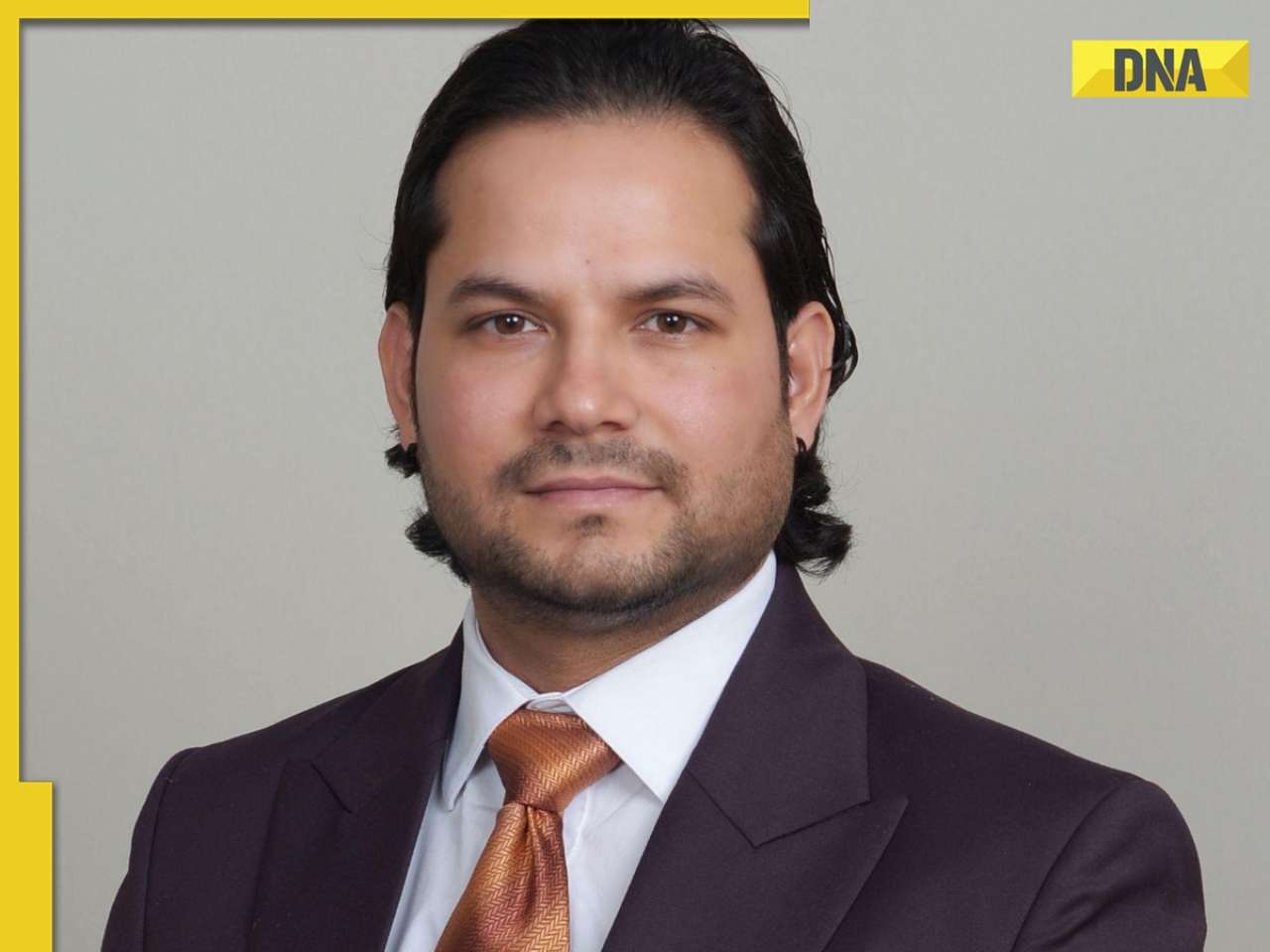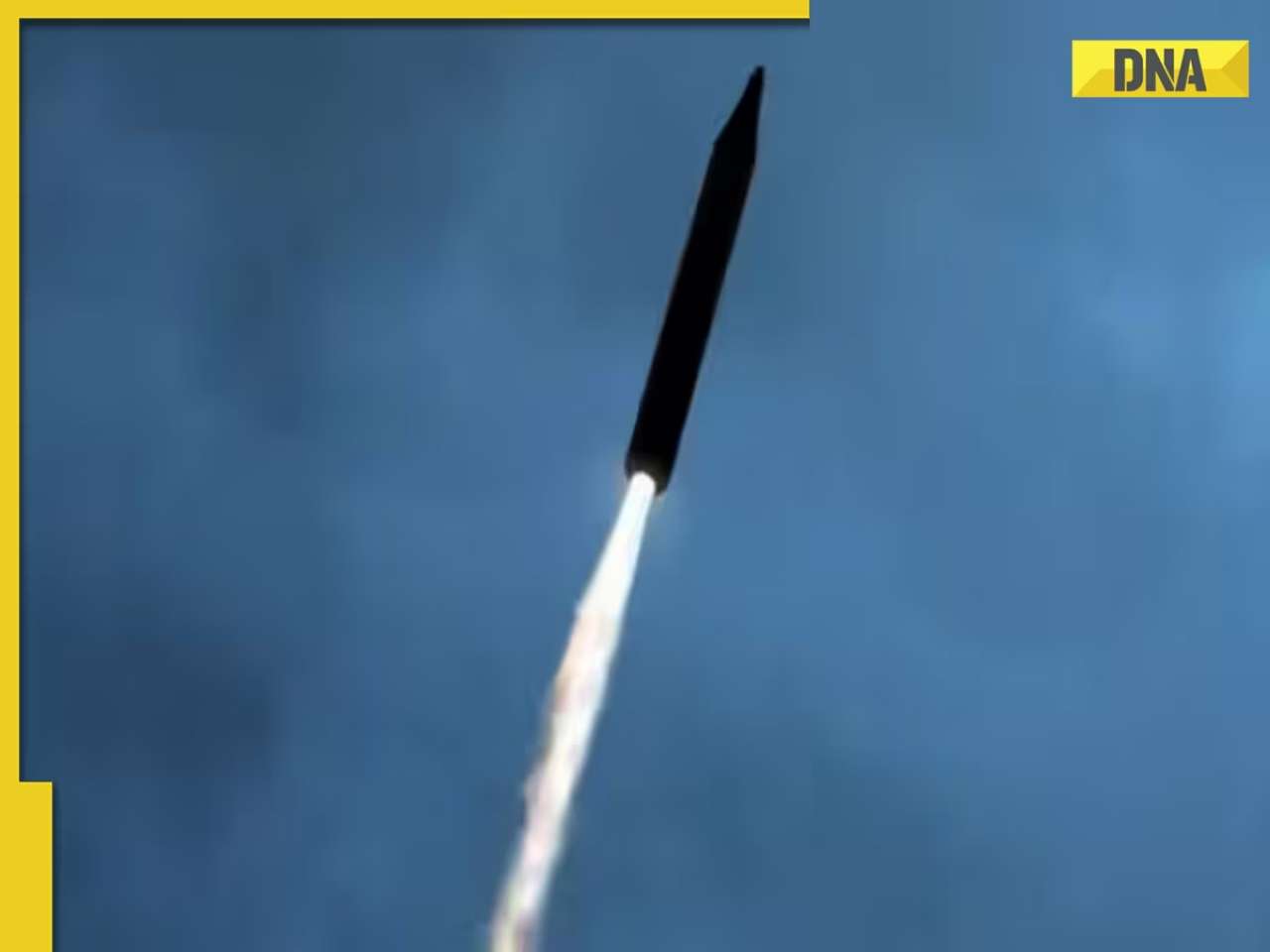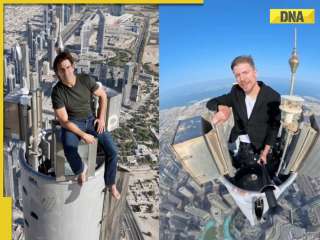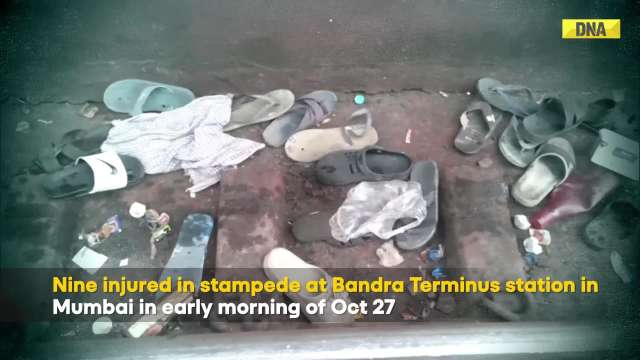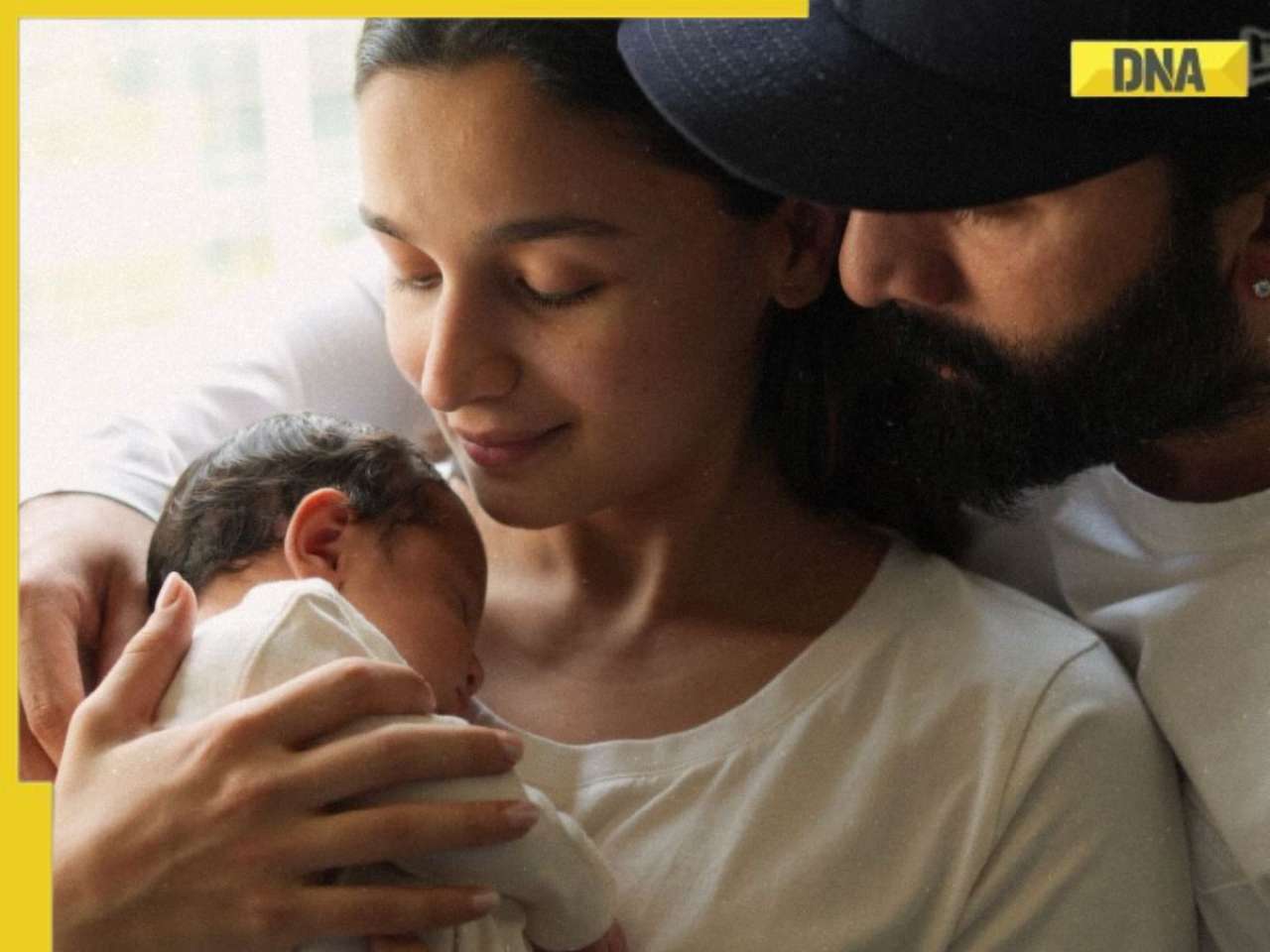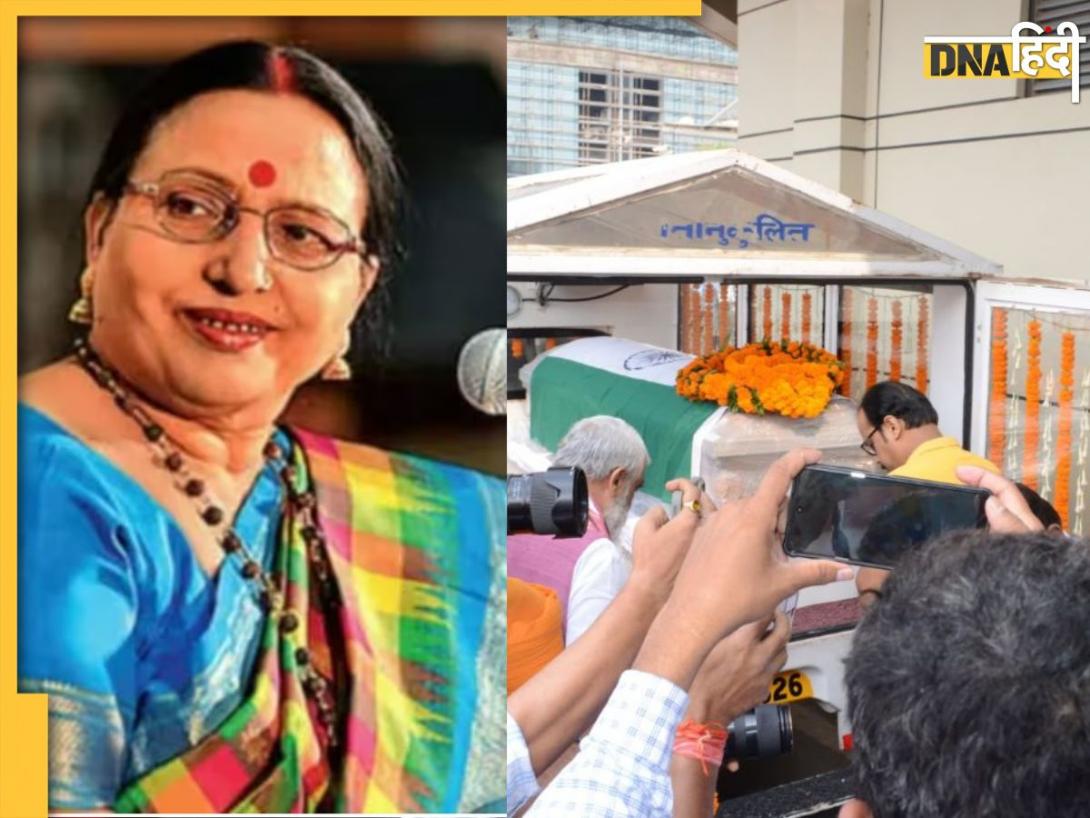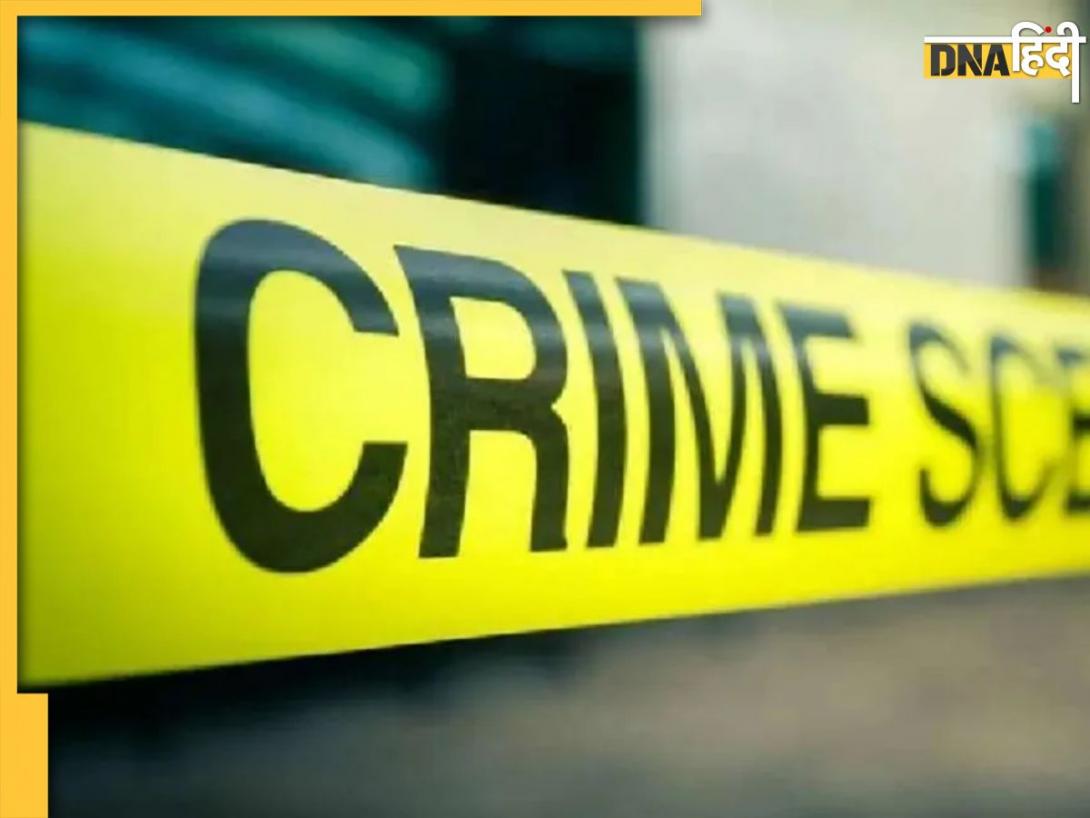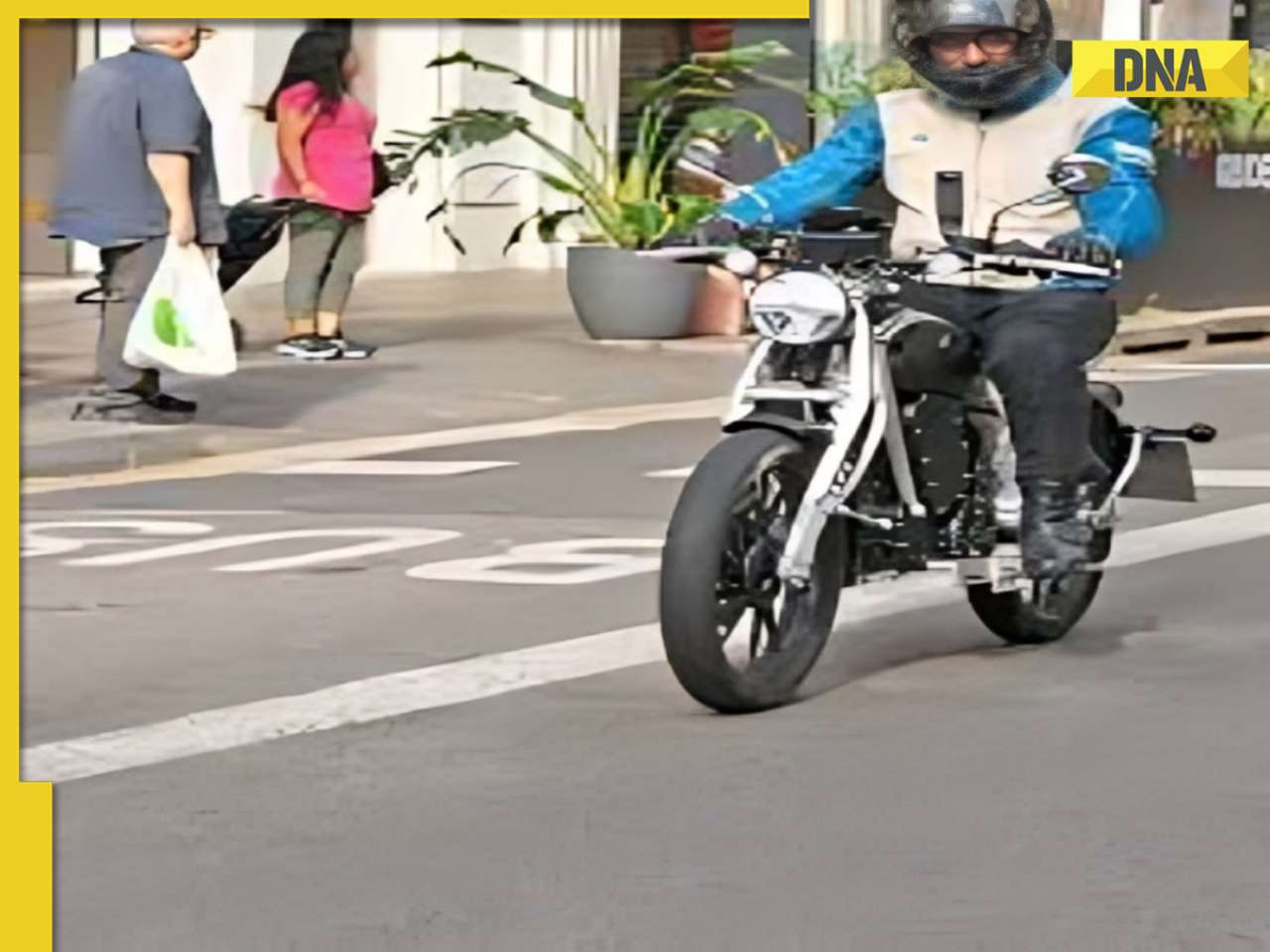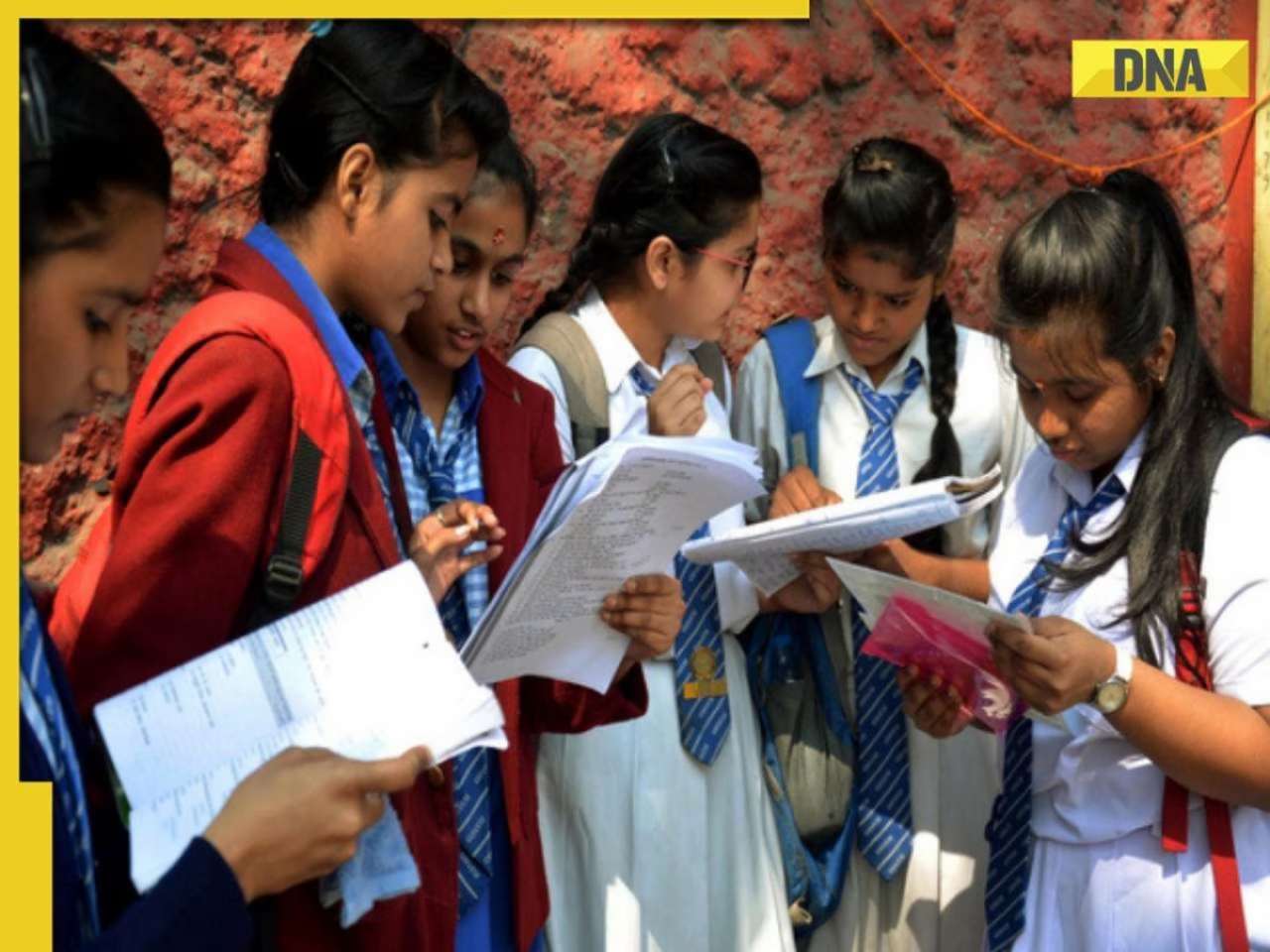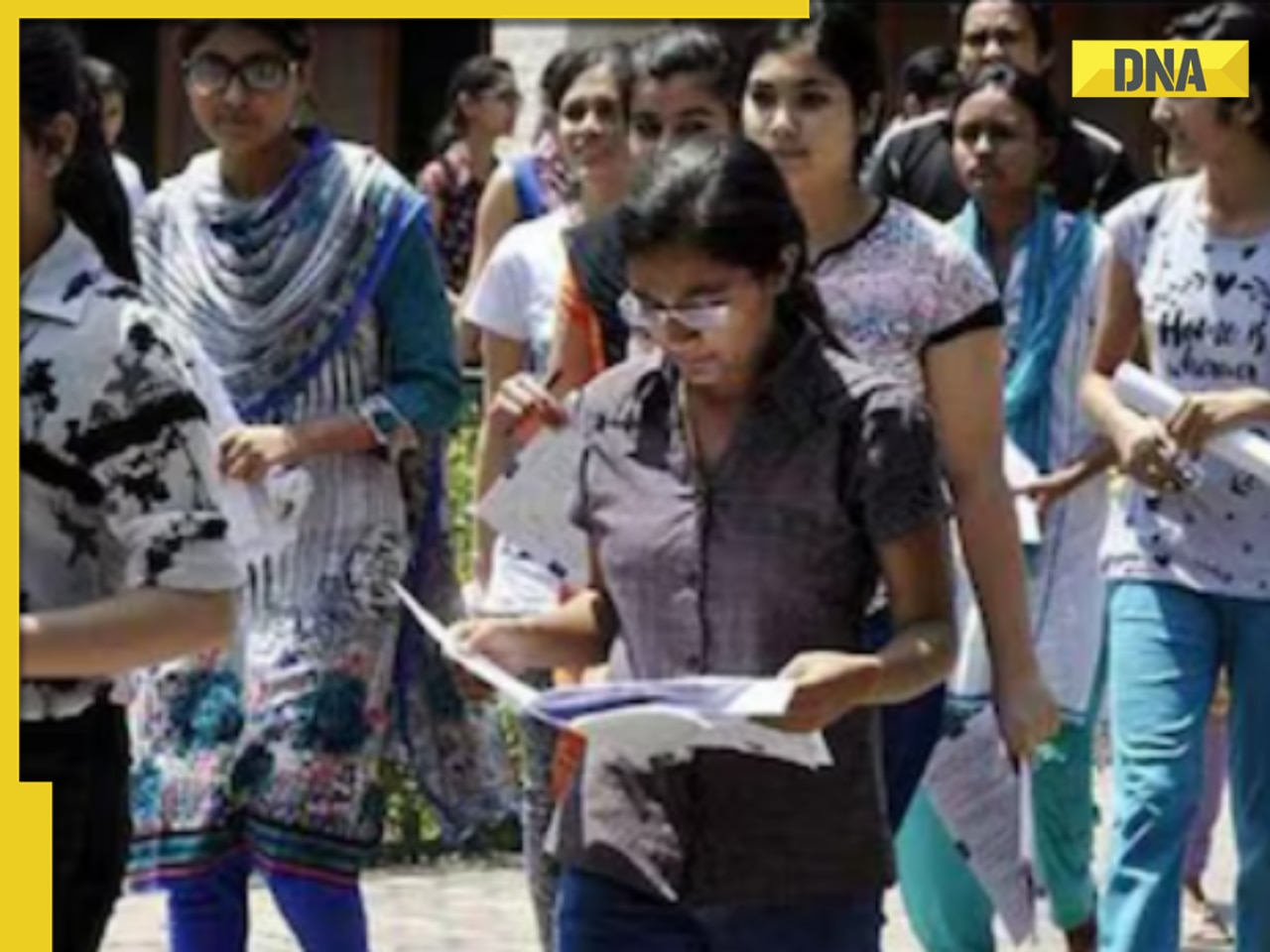- LATEST
- WEBSTORY
- TRENDING
BANGALORE
Bangalore bus rapid transit plan is still meandering
Bangalore Bus Rapid Transit (BRT) system might take more time but it is going to be a mix of the BRT systems of London, Istanbul, and Ahmedabad.
TRENDING NOW
Bangalore Bus Rapid Transit (BRT) system might take more time but it is going to be a mix of the BRT systems of London, Istanbul, and Ahmedabad.
Recently, the managing director of Bangalore Metropolitan Transport Corporation (BMTC) KR Srinivasa and chief traffic manager (Operations) MP Prabhudas took a tour of Istanbul and London, where the BRT is a hit.
"Istanbul's BRT is the world's best but they are far ahead of us. We have a long way to go in terms of public transportation, including implementing the BRT. But it definitely opened our eyes to various concepts that can ease public transportation through the BRT," he said.
Istanbul has an inter-continental bus rapid transit system with a road bridge connecting the European part of the city to its Asian part. Istanbul's BRT is in four phases covering nearly 50 km transit ways, 42 stations, and 350 vehicles. The ridership is nearly 850,000 trips per day, which is close to what their rail mass transit ferries a day.
BMTC officials also visited London's integrated transportation systems, which has become a model for the world. London's smart technology and simple implementations integrate different modes of transportation, including two-wheelers, buses, high-speed rail, light rail system, and airports. It was the first city to introduce the concept of a singular smart card, which can be used for a seamless travel in any mode of transport.
Here again, the BMTC faced technological and logistical challenges. They also had discussions with the International Association of Public Transport in London to discuss how a breed of both the BRT systems of these two cities can be made relevant for Bangalore.
BRT in Bangalore was sanctioned by the cabinet last year at a whopping `550 crore for the stretch of 31 km from Hebbal to JP Nagar along the Outer Ring Road. Bangalore Development Authority (BDA) is already progressing on the flyovers along the ORR, and some of them are complete and are ready for use. BMTC is waiting for the BDA to complete these flyovers.
"The problem is not that the road space is reduced but it is rather more for the users to move on the ground level easily. The challenge is to segregate the traffic. Flyovers will see movement of buses, two-wheelers, four wheelers, and private transport. But the BRT will have to pull the BMTC buses from the flyovers to the left of the road, which could be tough given the present conditions," said Srinivasa.
He also said that the BMTC is already being criticised for benefiting only the IT population. The question that now needs to be answered is how to start the work and move further to having a sustainable and long-lasting BRTS.
"We had discussions in the past with other stakeholders like BDA and Department of Urban Land Transport (DULT), and we are having meetings in the coming weeks over the BRT issue," he said.
DULT had made a detailed project report (DPR) of the approved stretch and presented it before the cabinet during the budget session, but due to various suggestions, the DPR has been changed and modified.
BMTC made studies on Ahmedabad's BRT, which has become a big hit, where the phase 1 is yet to be completed.
Srinivasa told DNA that the 'priority lane' is already working well and that the BMTC is keen on continuing with it until the BRT plan gets ready to be implemented.
"Priority lane is flexible and is helping our buses move better during the rush hour. The BRT essentially needs proper infrastructure in bus bays, sub-ways or skywalks. But this again does not mean heavy types of constructions on the road," he said. But he hinted at a delay in the BRTS for now. "It will be started once the final plan is ready with joint inputs from DULT, BMTC, BDA, and other experts. People must co-operate with us. It is for their better commuting. Once the BRT is in place, it will reduce travel time drastically," said Srinivasa.
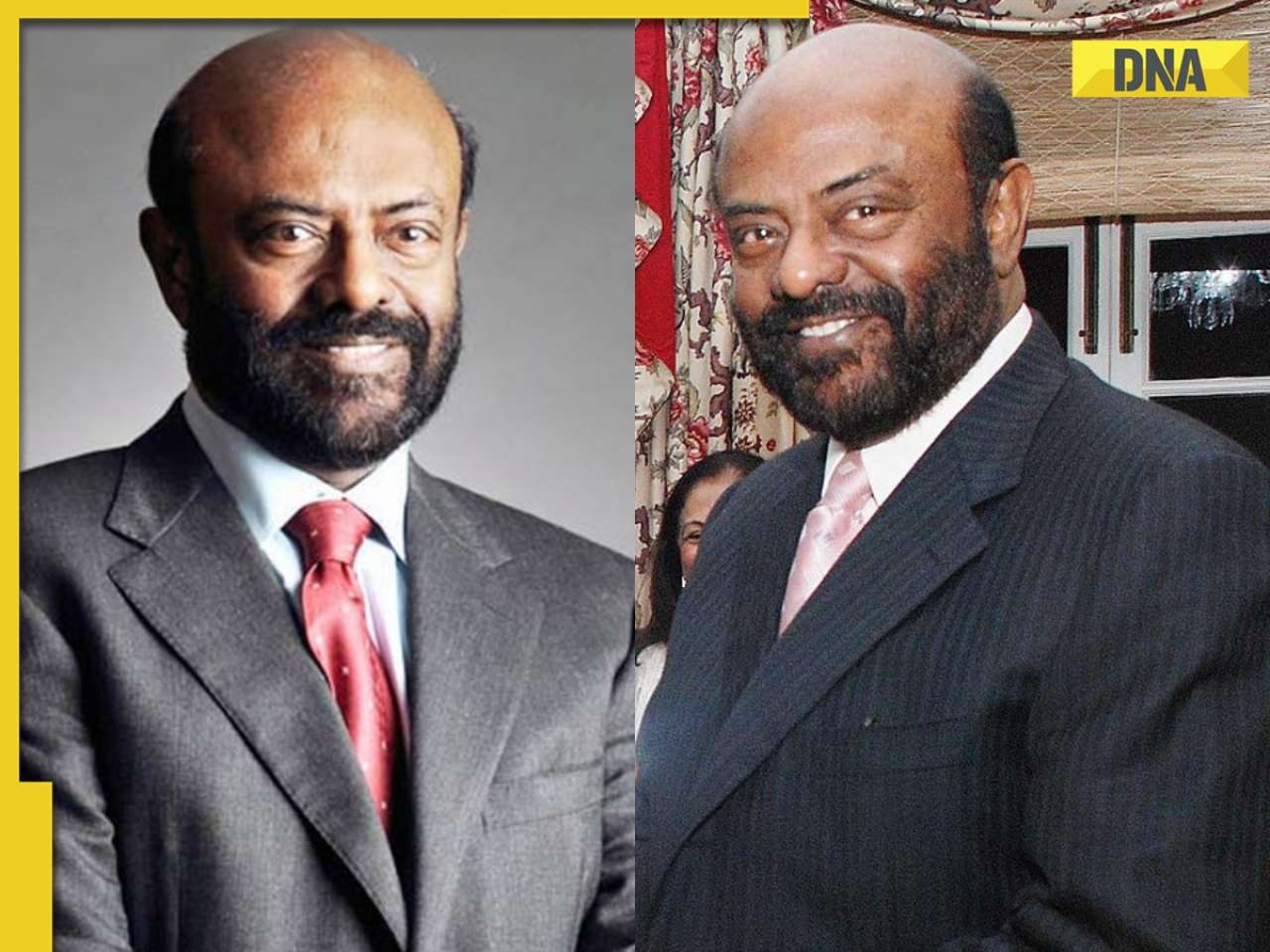

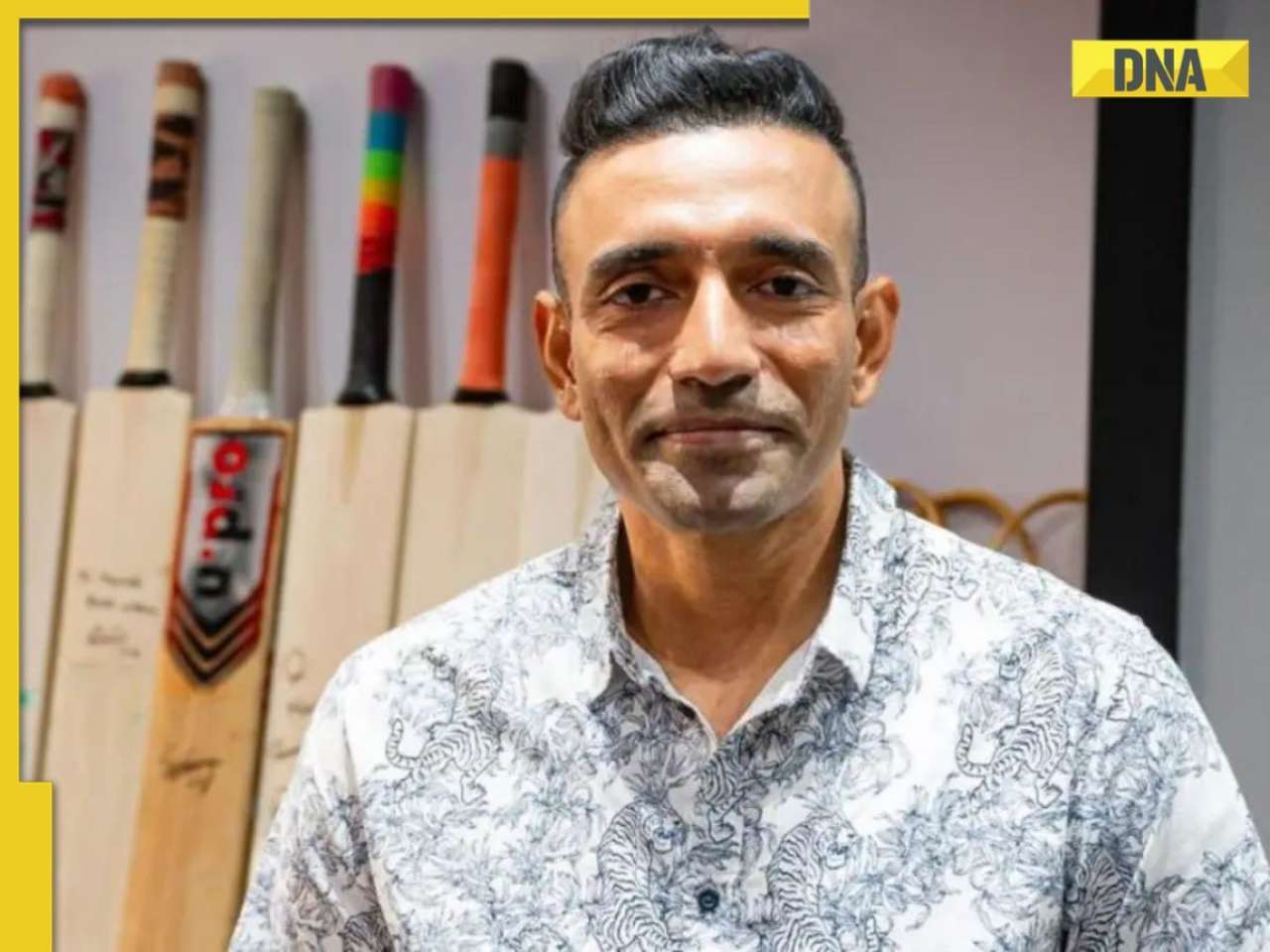





)
)
)
)
)
)
)
)
)
)
)
)
)
)
)





